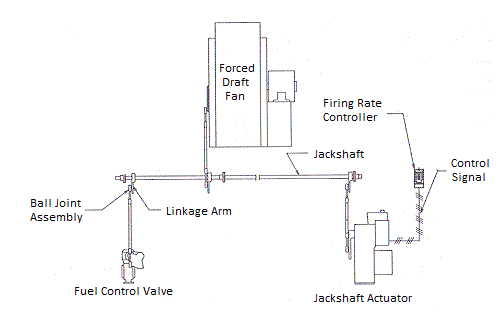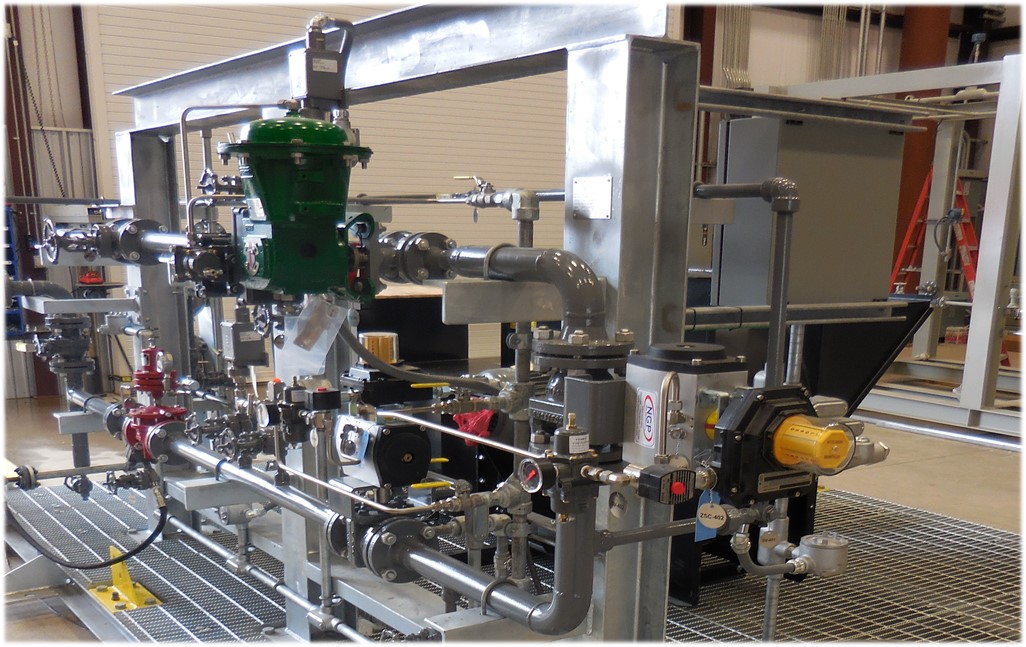We continue this week with our discussion around the controls portion of the heater package. Last week we talked about area classifications - what they are and when you might use them. This week we are going to talk about the different methods to control the fuel and air needed by the burner(s). This choice, along with the choice of area classification, can significantly change the price of your control system.
There are three main fuel and air control methods:
- Ratio regulators
- Control linkage
- Parallel positioning
Let's look at each type and see what the pro's and con's are for each type.
Ratio Regulators
This type of control system consists of an air control device, a ratio regulator, and a limiting orifice.
How does it work?
A control signal is sent to the air control device and an impulse line from the air manifold senses the change in air pressure which fuels the ratio regulator to adjust the flow of gas.
Pros: Flexible Installation, Low Cost
Cons: Minimal characterization; after setting low and high fire, there is very little adjustment to middle of firing range.

Control Linkage
This system consists of a fuel valve and air damper that are mechanically linked through a common rotating drive mechanism.
How does it work?
A control signal is sent to the drive mechanism which turns the jackshaft. The jackshaft controls the fuel valve and air damper positions through the linkage.
Pros: Typically have a higher turndown than ratio regulators, with more characterization; have adjustment capabilities through entire firing range, single actuator means lower cost than a parallel positioning controller.
Cons: Less flexible installation due to linkage, higher torque requirements for actuator motor, relying on linkage arms to keep ratio, which wear over time.

Parallel Positioning Controller
System has an interface to control multiple actuators that travel together to maintain a programmed ratio.
How does it work?
A control signal is sent from the control interface to the fuel control valve and fan (damper or drive). The feedback signals verify correct position throughout firing range.
Pros: Typically the most efficient control; allowing for better controlled emissions, as well as fuel savings, Flexible installation; air and fuel control valves do not need to be near each other, each actuator is characterizable, allowing for complete customization throughout entire firing range, built in safeties with feedback signals ensure actuators travel together to maintain ratio.
Cons: Increased initial cost, more components, and increased complexity.

That covers the three most common methods for controlling fuel and air on heater packages. Choosing the right method is critical to your project, both from a technical and commercial standpoint.
Still have questions? Feel free to contact us any time.
Stay tuned all month as we continue our discussion on heater controls.

